Share
Explore
Webinar Planning: Leveraging Digital Twins
Hub and Spoke Webinar Concept: Strategy Overview
This strategy maximizes initial reach while providing tailored, actionable value to different segments of our audience, clearly positioning our Digital Twin service as the crucial first step to unlocking these enhanced design workflows.


This block scheme illustrates our lead generation and educational strategy utilizing a "Hub and Spoke" model
Most Popular Design Software for Your Audience in the US Market
Less Common but Possible:
Hub Webinar: "Leveraging Digital Twins for Accurate Design & Planning"
Program Outline
Key Topic: Leveraging Digital Twins for Accurate Design & Planning – Unlock the Power of Reality Data in Your Workflow
Sub-Topics / Program Flow:
Total Time: Approx. 70-90 minutes, allowing for Q&A.
Concept for Seamless Advertising
The core concept is positioning your digital twin creation service as the indispensable foundation that enables the valuable workflows and benefits you demonstrate in the educational content.
Here's how to make it seamless:
In essence, you're not just selling a service; you're selling the solution to a fundamental problem in their workflow (inaccurate site data) and demonstrating how that solution (your digital twin) directly leads to better results in the tools they already use. Your "advertising" is the natural conclusion to the value proposition you've built throughout the educational content.
Resources
Want to print your doc?
This is not the way.
This is not the way.

Try clicking the ⋯ next to your doc name or using a keyboard shortcut (
CtrlP
) instead.